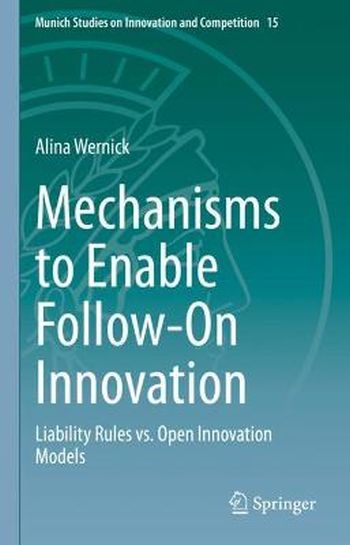
The patent system is based on "one-patent-per-product" presumption and therefore fails to sustain complex follow-on innovations that contain a number of patents. The book explains that follow-on innovations may be subject to market failures such as hold-ups and excessive royalties. For decades, scholars have debated whether the market problems can be solved with voluntary licensing i.e., open innovation, or with compulsory liability rules. The book concludes that neither approach is sufficient. On the one hand, incentives to engage in open innovation practices involving patents are insufficient. On the other hand, the existing compulsory liability rules in patent and competition law are not tailored to address follow-on innovator's interests. To transcend this problem, the author proposes a compulsory liability rule against the suppression of follow-on innovation, that paradoxically, fosters early-on voluntary licensing between patent holders and follow-on innovators. The book is aimed at patent and competition law scholars and practitioners, patent attorneys, managers, engineers and economists who either engage in open innovation involving patents or conduct research on the topic. It also offers insights to policy and law-makers reviewing the possibilities to foster open innovation initiatives or adapt the scope of patent remedies or employ compulsory licenses for patents.